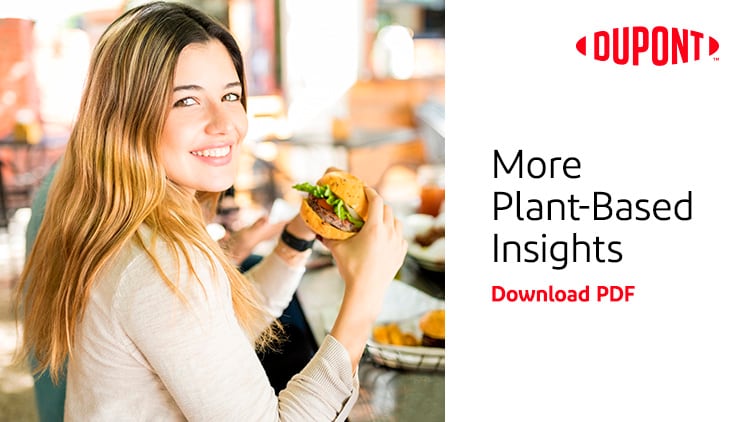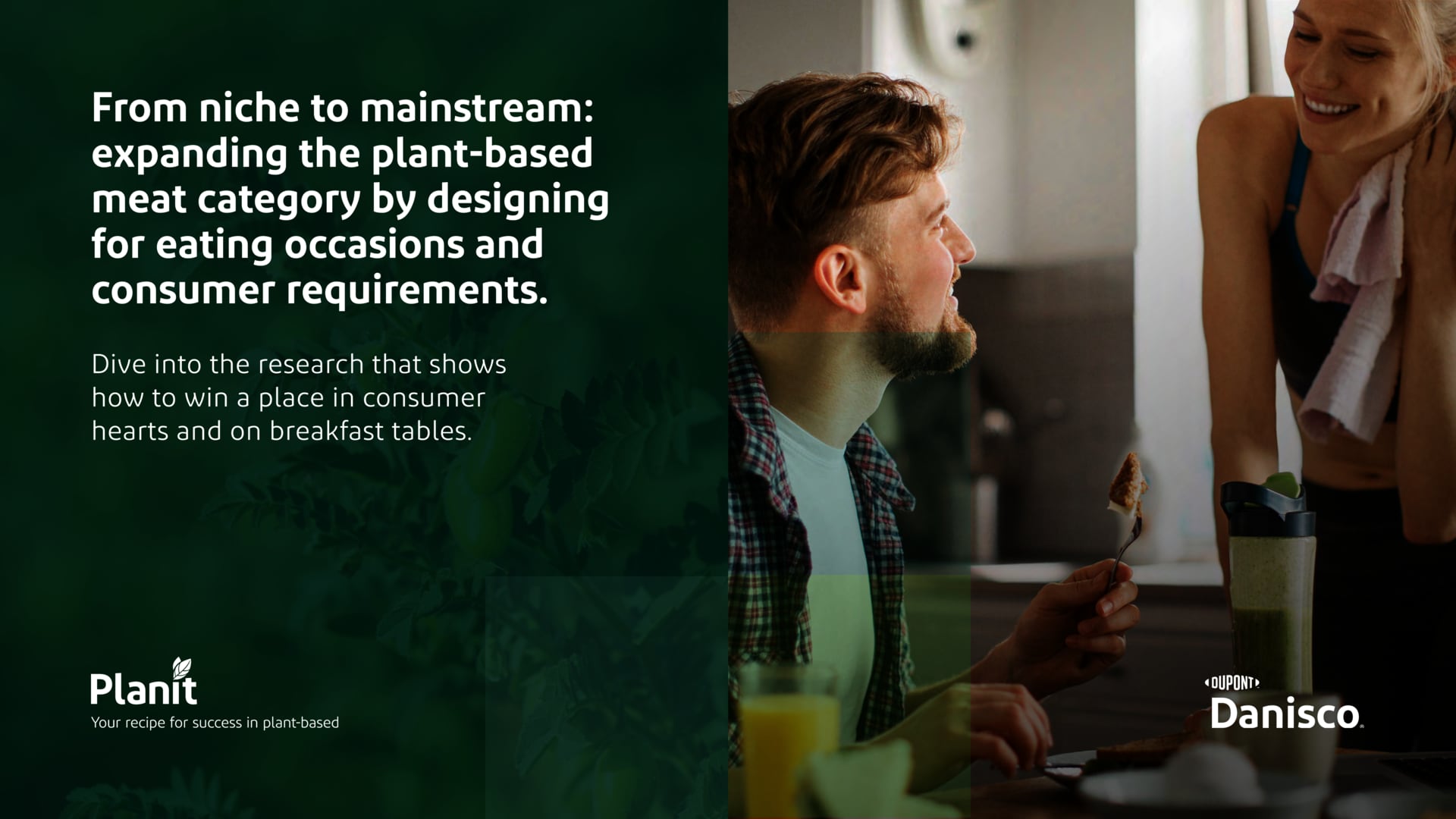Managing weight has never been a one-size-fits-all journey.
And in recent years, with anti-obesity medications (AOMs), particularly GLP-1s, transforming the weight management industry, there has been a major shift in how consumers are approaching it.
With nearly one in five adults in the US living with obesity and rates continuing to rise, the number of overweight or obese individuals is estimated at 172 million adults (based on 2021 numbers).¹
Additionally, the number of obese adults is projected to grow by more than 41 million by 2050. As a result, an increasing number of people are seeking new solutions, including medical interventions, to support their weight management goals.¹⁻²
While originally designed to help manage type 2 diabetes, in recent years, GLP-1s have been shown to help with weight loss more broadly. Their popularity and widespread usage continue to climb. In fact, 13% of US adults have used at least one GLP-1 medication at some point, while 6% are currently on a GLP-1.³
It’s no surprise usage is on the rise, given the buzz around GLP-1s and their ability to help people lose weight quickly. These GLP-1 medications work because they mimic the effects of the body’s natural hormone GLP-1, which is released by the gut after eating.
Affecting the areas of the brain that process hunger and satiety, GLP-1s suppress appetite and promote weight loss by prolonging the feeling of fullness and reducing hunger. This represents a breakthrough in traditional diet methods.
But here’s the challenge: these medications are not only reshaping weight management; they are also transforming how users experience food, beyond appetite suppression.⁴
Weight-management medication is redefining consumer relationships with food and beverages, creating an unprecedented multibillion-dollar market opportunity. This marks a fundamental paradigm shift that requires fresh industry thinking and a growing need for new solutions that better reflect the GLP-1 consumer’s experience.
Spotlight On: Taste Disrupted
As a global leader in the food and beverage industry, IFF recognizes the diverse needs of individuals at every stage of their weight management journey. With expertise in consumer insights, product experience and innovation programs, IFF is committed to collaborating with customers to create great-tasting, nutrition-rich products that meet consumers where they’re at.
In this Spotlight On broadcast, market leaders and experts from IFF will explore the science behind formulation strategies, showcasing how to create products that truly resonate with GLP-1 consumers.
The event will uncover key GLP-1 consumer segments and their unique needs, why traditional approaches often fall short and the science-backed formulation strategies that can restore enjoyment while supporting health goals. Learn how to create an actionable framework that achieves category-defining success in this high-growth market.
Register for Taste Disrupted: The Multibillion-Dollar GLP-1 Consumer-Market Opportunity and join us on 4 June, 2025, to explore the insights and sensory science behind creating products specifically formulated for medically-altered perceptions.
References
- IHME. The Lancet: Without immediate action nearly 260 million people in the USA predicted to have overweight or obesity by 2050.
- CDC Newsroom. New CDC Data Show Adult Obesity Prevalence Remains High.
- Healthline. How Common Are GLP-1 Drugs Like Ozempic? 13% of U.S. Adults Have Used Them.
- Khan, R.; et al. GLP-1 receptor agonists significantly impair taste function. Physiology & Behavior. 2025. Volume 291, 114793.







